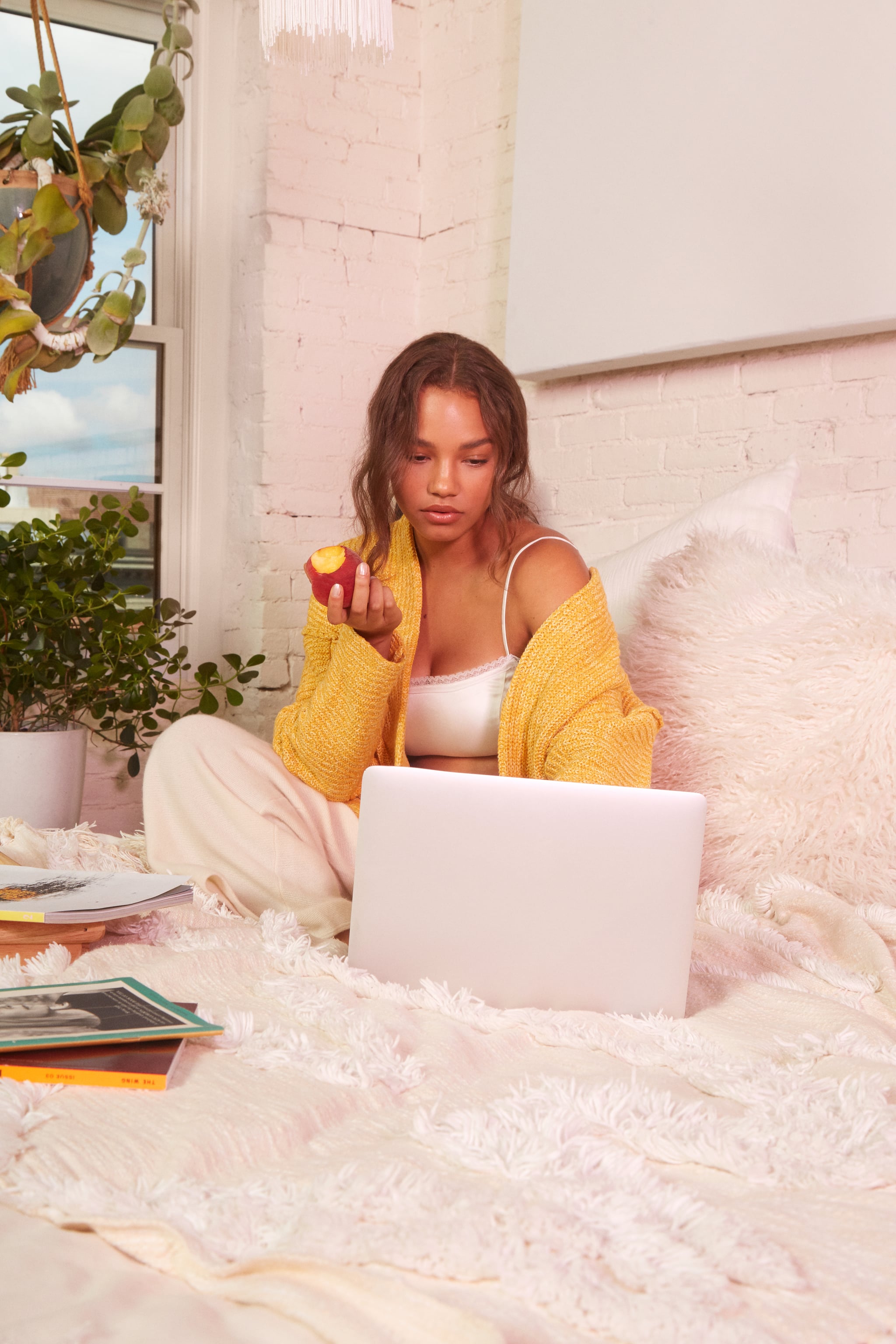
As a legally blind woman, I'm constantly getting questions like who dresses you, do you have a stylist and how are you able to dress so stylish? There is a major misconception that people with disabilities are not interested in fashion. And if you are a person with a disability that society views as "fashionable", then it usually comes as a surprise. The major problem with this type of thinking is that it directly affects how much access we have to fashion. And since we are not considered fashion consumers, we are often left out of the conversation of how fashion is marketed and produced.
Adaptive fashion [1] is a term that's becoming more and more popular as the fashion industry works towards being more inclusive. However, I often wondered where I fit in the conversation because most times the focus has solely been on the design of the clothing. Although, I agree 100 percent that Patti and Ricky [2], which is an adaptive fashion marketplace for people with disabilities. She has consistently demonstrated a commitment to curating more inclusive shopping experiences, but says she struggles with navigating the accessibility overlays that are being offered for websites. "I really found it difficult to locate where to put my alt text," Herold said. "Accessibility should not be a stressful process and website builders need to do a better job about guiding brands to use the features. I'm paying for a feature that I don't know how to use and that's a problem." Tackling accessibility for a brand, can be a little intimidating, if you're not familiar with how it works. I highly recommend working with an accessibility consultant if you are a brand to make sure that your website is truly accessible. However, when working with a consultant, you want to
make sure that it is someone with a disability. It's going to make so much more sense to consult with a person who has the lived experience, who can speak to the issues with accessibility on your website. But if you're a new brand just starting out, I know that hiring a consultant may not always be in the budget. There are still a few things that you can do as you work towards being a more inclusive brand. For example, social media is a great way to start practicing better accessibility habits. Instagram has become extremely popular for brands to market and sell products. The cool thing about Instagram is that the alt text option is already included within the application. Anytime a brand posts a new product, they can go to more options, select alt text and write a description about the item they're sharing. This then invites the blind community into
the shopping experience with no cost to the brand. It's also helpful to include image descriptions in the caption, especially when sharing videos.
"When you don't rely on a mirror every day to look at yourself or apply your make up, the beauty of touch, smell and emotion really drive how I want to spend my money."
"My hope for the future is that all fashion and beauty websites have really detailed alt text," Lucy Edwards, a UK based Blind Broadcaster, Youtuber and Disability Activist explained. "I think they need more than the average website because we need to visualize the garment in our mind. Anything that brands can think of to help paint a mental picture in our minds would be great. The more creative, the better. When you don't rely on a mirror every day to look at yourself or apply your make up, the beauty of touch, smell and emotion really drive how I want to spend my money." Brands are missing out on a large number of consumers by not being accessible. One in four people have some form of a disability [3], according to the latest data done by the Centres for Disease Control. Therefore, the exclusion of persons with disabilities hurts brands' market share and bottom line. Especially because according to research done by Diverseability Magazine, the total disposable income for U.S. adults with disabilities is about 490 billion dollars [4].
The fashion industry has the potential to be a leader of real inclusion. Fashion has always heavily influenced the culture and continues to shape the way we express ourselves through our appearance. My hope is that they take the opportunity to move towards accessibility in a way that it is included from the beginning and not an afterthought. Lucy Edwards shared the same sentiment: "I know for certain that if more brands heard about universal design day-to- today in product development meetings then we would see a more inclusive world. I always say that I knew nothing about disability, until I became a disabled person myself. For the first time ever I'm having discussions with brands that I never would have several years ago but this is just the beginning — and if you're reading this, your business needs to be inclusive today not tomorrow!"